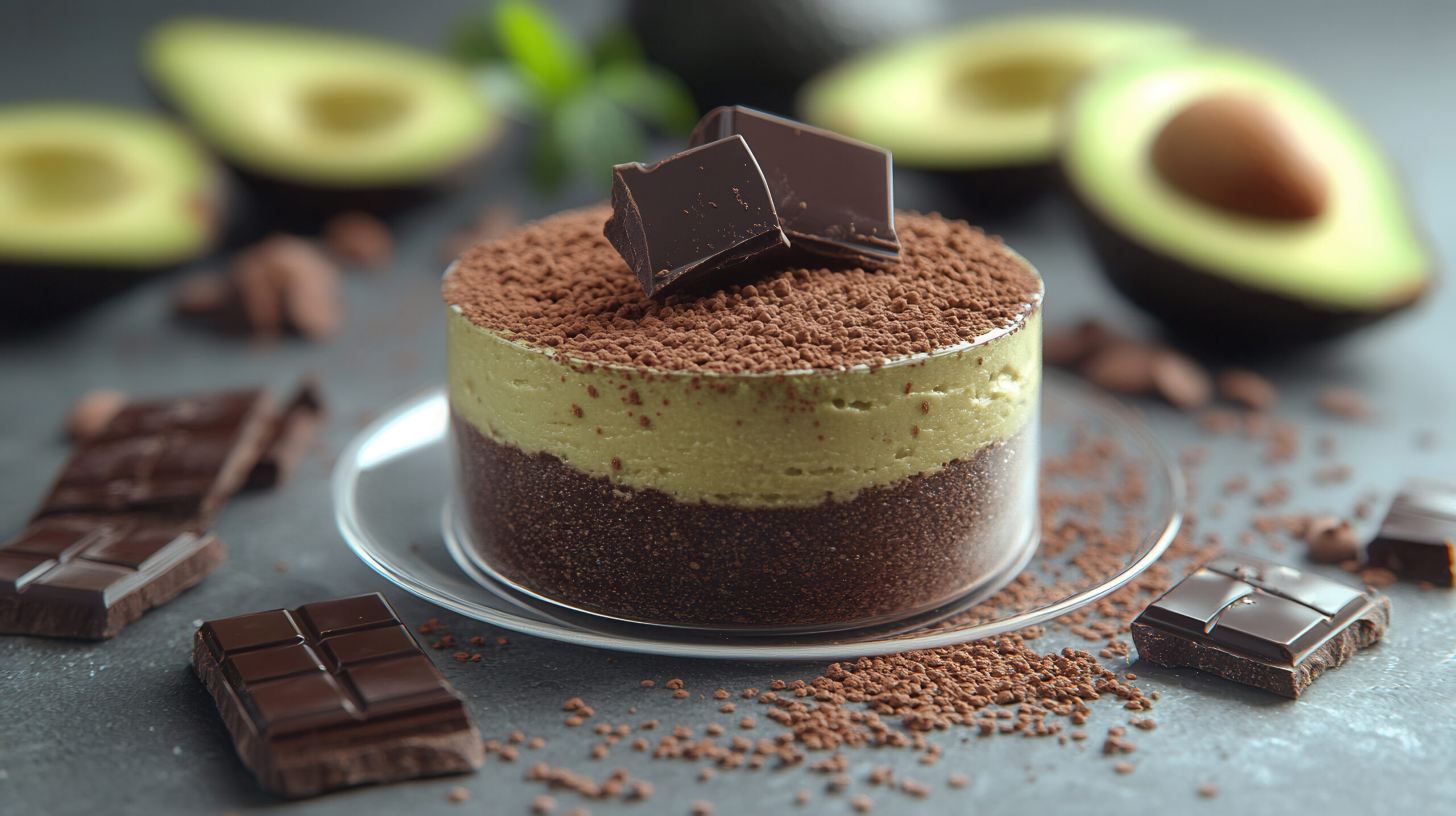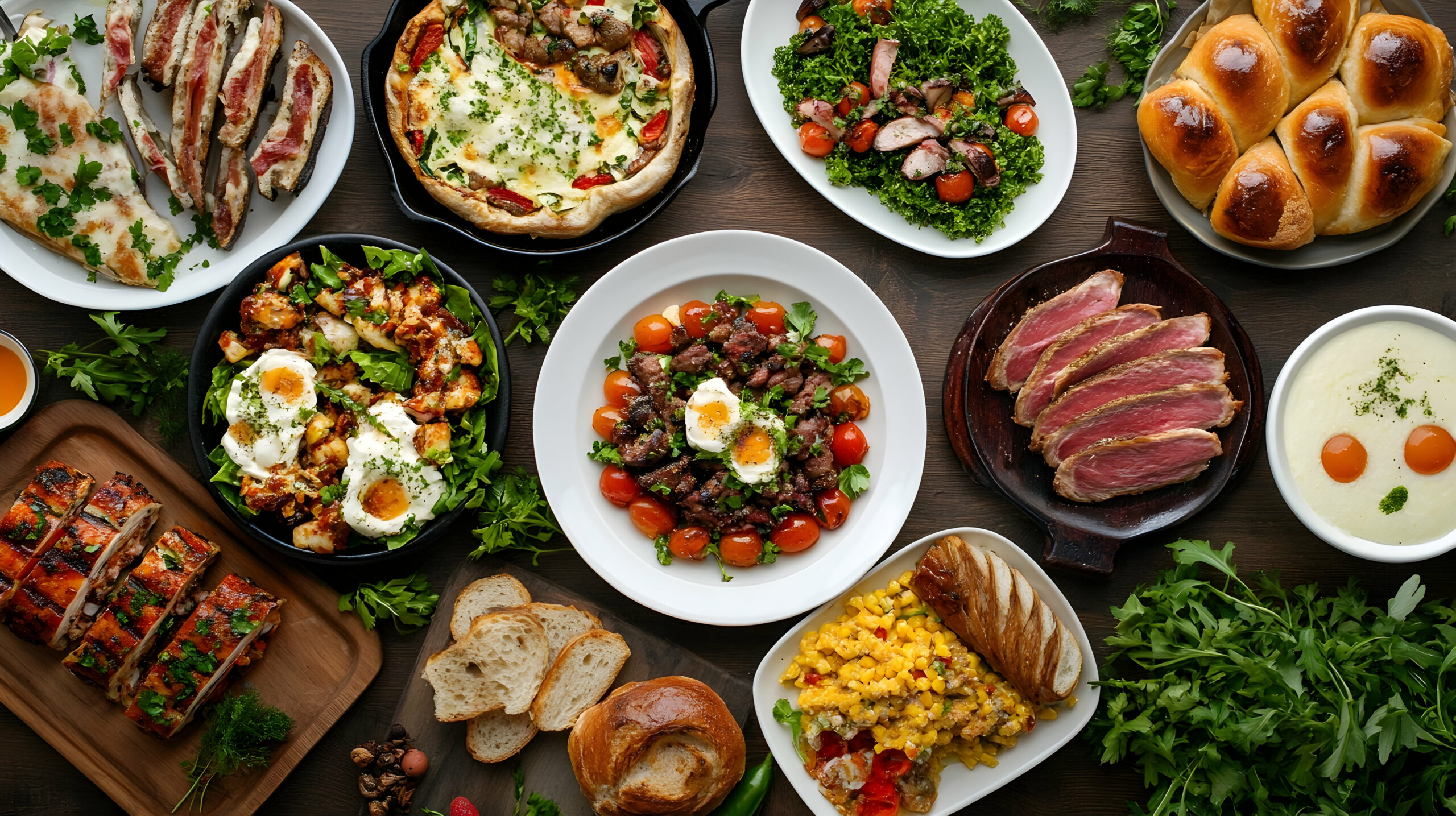Fasted workouts have gained popularity among those looking to optimize fat loss and improve metabolic health. But are they truly beneficial, or do they come with downsides? In this blog, we’ll explore the benefits and drawbacks of fasted workouts, who may benefit from them, and who should approach them with caution.
What Are Fasted Workouts?
A fasted workout refers to exercising on an empty stomach, typically after an overnight fast. This means working out before eating breakfast, when glycogen stores are lower and the body may rely more on fat for fuel.
Benefits of Fasted Workouts
1. Increased Fat Burning
Exercising in a fasted state encourages the body to burn more fat since glycogen (stored carbohydrates) is lower. This can also enhance metabolic flexibility, allowing the body to switch between carbs and fat as fuel sources more efficiently. Metabolic flexibility is a sign of good health but takes time to achieve. This is why some people do not feel well exercising in a fasted state in the beginning. It can take the body 3-4 weeks to become more metabolically flexible and feel fueled on fat vs carbs.
2. Improved Insulin Sensitivity
Fasted workouts can help regulate blood sugar and improve insulin function over time. This can be particularly beneficial for individuals with insulin resistance or those looking to optimize metabolic health. Working out fasted forces the body to utilize glucose stored in the muscle vs glucose from the food you just ate. Depleting the muscles of this glucose is a very beneficial thing and allows for a healthy place for the carbs from your next meal to go. Your body will be able to deposit glucose into your muscle vs your fat cells when your muscle stores are empty.
3. Potential Boost in Growth Hormone
Fasting naturally increases growth hormone levels, which plays a role in fat metabolism and muscle preservation. This can aid in fat loss while helping maintain lean muscle mass.
4. Convenience
For those who prefer morning workouts, skipping a pre-workout meal can save time and eliminate the need to digest food before exercise. This can be especially appealing for people who don’t like eating early in the day.
Downsides of Fasted Workouts
1. Decreased Performance
Without adequate glycogen stores, high-intensity or endurance workouts may suffer. You might feel sluggish, weaker, or less capable of performing at your best. Therefore the levels of intensity and or effort of your workout will be less.
2. Potential Muscle Loss
When training in a fasted state, the body may break down muscle protein for energy. While this isn’t a major concern for short workouts 20-30 mins or low-intensity workouts like walking or strength training, those doing high intensity cardio, long runs or intense heavy lifting should be cautious. Ensuring adequate protein intake post-workout is crucial.
3. Higher Cortisol Levels
Fasted workouts can elevate cortisol (the stress hormone), which, if chronically high, may negatively impact muscle retention, metabolism, and overall health. Therefore if you know you have a cortisol issue because you do not sleep well, you are under a lot of stress, you have poorly controlled thyroid issues or you have just been chronically undereating then fasted workouts might not be for you.
4. Not Ideal for Everyone
Some people experience dizziness, nausea, or extreme fatigue when exercising without food. If this happens, fasted workouts may not be the best option.
Is Fasted Workouts right for you?
There is not really a black and white answer to this question. A lot of it comes down to how you feel, how you perform and your outcomes after a few months. I have been working with women of all ages for the past 8 years and most of them have been doing fasted workouts with great results. Many of my clients, myself included, have been able to add muscle mass while doing fasted workouts. So to say across the board fasted workouts are bad and you can’t build muscle with fasted workouts I believe to be false.
The most important thing to consider when looking to optimize your health, your workouts and your muscle mass is TOTAL PROTEIN CONSUMPTION per day. Meaning hitting your overall daily protein goal matters the most. The timing of your workouts and meals is less important than this!
So my belief is that if you feel good, energized and have the ability to give it your all during a fasted workout then go for it. If you find that your workouts suffer because you are fasted then I would eat something before.
If you are concerned that fasted workouts are negatively impacting your goals, then plan to eat prior to or just after your workouts and you can do a longer fast on your rest days. The amount of food needed before a workout is actually very small, around 100-150 calories. If you are strength training then you should consider consuming at least 15g protein. If you are doing any cardio or strength training with cardio then you should consume at least 15g pro and 30g carbs.
If you feel good during your fasted workout, then you could also consider eating just after your workouts. After a workout it would be ideal to consume a meal with at least 25-30g of protein.
Who Should Try Fasted Workouts?
- Individuals focusing on fat loss and metabolic flexibility.
- Those who feel comfortable working out on an empty stomach.
- Early-morning exercisers who prefer not to eat before training.
- Anyone experimenting with intermittent fasting and exercise timing.
Who Should Avoid Fasted Workouts?
- Those engaging in heavy strength training or high-intensity workouts.
- People prone to dizziness, fatigue, or blood sugar crashes.
- Women with known hormonal imbalances.
- Athletes or individuals with performance-based goals requiring optimal energy.
How to Make Fasted Workouts Work for You
- Start with Low to Moderate Intensity – Begin with walking, light cardio, or yoga before attempting higher-intensity workouts.
- Stay Hydrated – Drinking water and replenishing electrolytes can support performance. Electrolytes, especially potassium, sodium, and magnesium, help regulate many essential functions, including nerve and muscle function. A lack of electrolytes can lead to muscle cramps, fatigue, and even dizziness. Zero calories electrolytes sweetened with stevia will not break your fast.
- Consider pure essential amino acids – If muscle loss is a concern, consuming essential amino acids before your workout is a way to support your muscle without breaking your fast. While essential amino acids inhibit autophagy (the body’s process of cleaning out damaged cells), they do help maintain muscle mass and promote recovery during fasting. This makes them a valuable supplement, especially for those looking to preserve lean muscle while still reaping the fat-burning benefits of a fasted workout.
- Prioritize Post-Workout Nutrition – Refuel with a protein-rich meal to aid muscle recovery and replenish energy stores. At least 25-30g of protein in this meal.
Fasted workouts can be an effective tool for fat loss and metabolic health, but they’re not for everyone. If you feel strong and energized training on an empty stomach, they might work for you. However, if you struggle with performance, muscle retention, or energy levels, a fueled workout may be a better choice. The key is to listen to your body and choose an approach that aligns with your fitness goals and overall well-being.
Preworkout meal ideas:
-
Egg Whites & Spinach Scramble
- 4 egg whites (68 cal, 14g protein)
- ½ cup spinach (3 cal, 0.4g protein)
- 1 tsp olive oil (40 cal, 0g protein)
- Salt & pepper to taste
Total: 111 calories, 14.4g protein
→ Add ½ oz feta cheese to hit 15g protein (200 cal total). -
Greek Yogurt & Berries
- ¾ cup nonfat Greek yogurt (90 cal, 15g protein)
- ¼ cup blueberries (21 cal, 0.3g protein)
- ½ tsp honey (10 cal, 0g protein)
Total: 121 calories, 15.3g protein
→ Add ½ tbsp chia seeds to reach ~150 calories. -
Protein Oatmeal
- ¼ cup quick oats (38 cal, 1.6g protein)
- ½ scoop vanilla protein powder (~60 cal, 12g protein)
- ½ cup unsweetened almond milk (15 cal, 0.5g protein)
- ½ tsp cinnamon (3 cal, 0g protein)
Total: 116 calories, 14.1g protein
→ Add 1 tsp peanut butter to reach ~150 calories & 15g protein. -
Cottage Cheese & Strawberries
- ½ cup low-fat cottage cheese (90 cal, 13g protein)
- ¼ cup sliced strawberries (13 cal, 0.3g protein)
Total: 103 calories, 13.3g protein
→ Add 3 almonds (~20 cal, 0.8g protein) to reach ~15g protein & ~150 calories. -
Protein Pancakes
- ½ scoop vanilla protein powder (60 cal, 12g protein)
- 1 egg white (17 cal, 3.5g protein)
- 1 tbsp almond flour (30 cal, 1g protein)
- ¼ tsp baking powder (1 cal, 0g protein)
- 1 tbsp unsweetened almond milk (5 cal, 0g protein)
Total: 113 calories, 16.5g protein
→ Add 1 tsp sugar-free syrup (~10 cal) to stay under 150-200 cal.
Additional options: Protein Shake, Protein coffee, Protein bar





